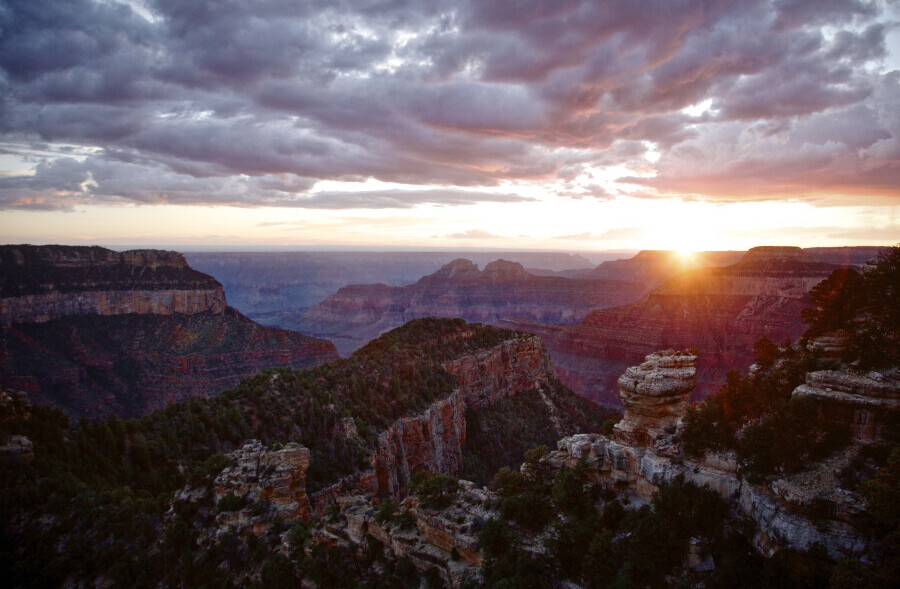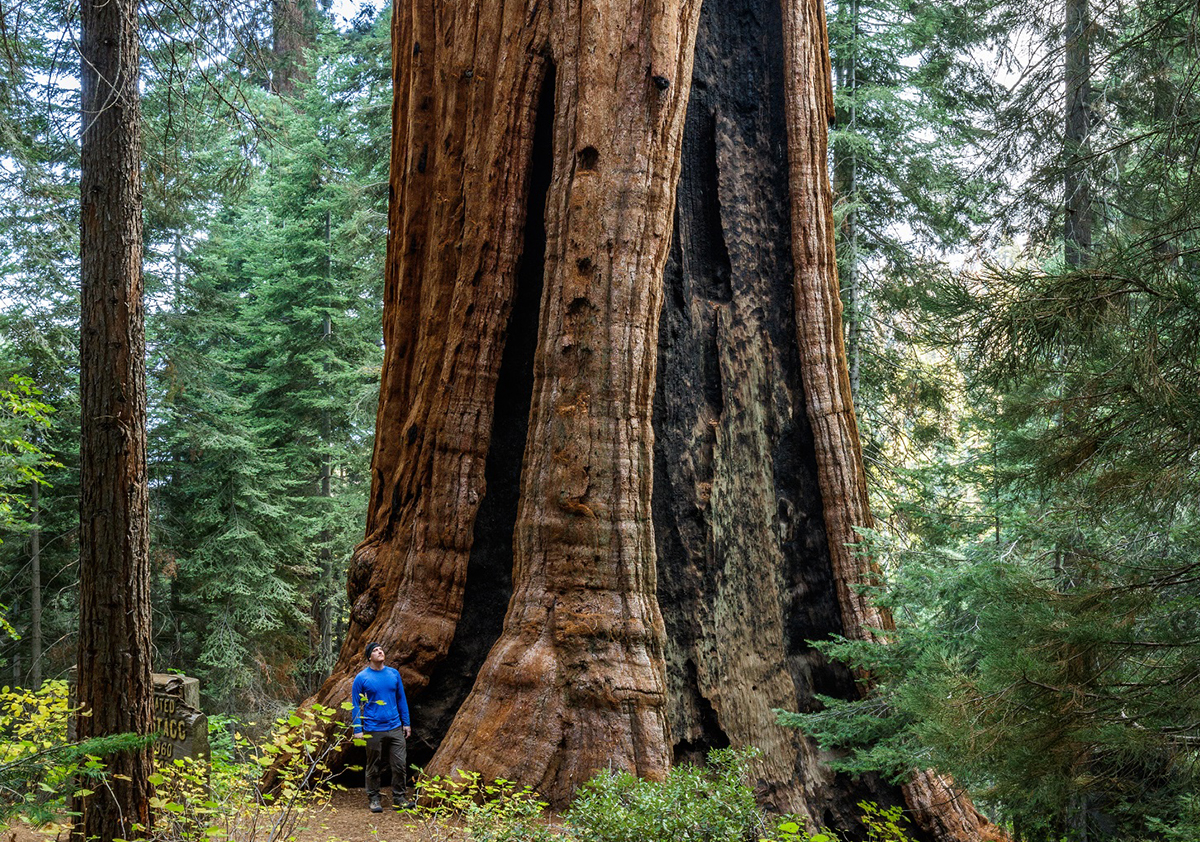Congress has an opportunity to pass important public lands bills as part of the National Defense Authorization Act (NDAA) this year. Let your Senators and Representative know including important public lands provisions in the NDAA is important to you.
The NDAA is a must-pass bill specifying the annual budget and expenditures of the Department of Defense. Congress has passed a new version of the NDAA each year for more than five decades. Because its success rate is so high, the NDAA is often used as a vehicle for other important bills. Both the House and the Senate have passed their own versions of the NDAA for Fiscal Year 2021, and more than 1,000 amendments were offered between the two versions. The House version contains great public land provisions, the Senate version does not.
The House version of the NDAA for Fiscal Year 2021 contained three provisions which would add lasting protections to public lands across Washington, California, Colorado, Arizona, and Nevada. See below for a rundown of what is included.
What happens next? The Constitution requires that the House and Senate approve the same bill before it is presented to the President to be signed into law (or vetoed). Because the House and Senate NDAA bills differ, the bill will be sent to a “Conference Committee” where members of both chambers will negotiate a package that both chambers and both parties can agree to. The congresspeople appointed to the conference committee are called “Conferees” and are largely comprised of members of the committee of jurisdiction (in this case the Armed Services Committee). A conference report is the final product, which will be sent back to the floor of both chambers for debate (but not amend) and vote on. If passed by both chambers, the report is sent to the President.
It’s likely the conferees will be identified and the committee convened after the election. The goal being to pass the NDAA for Fiscal Year 2021 prior to the end of the year.
Whether or not these important public lands provisions make the final version of the NDAA is anyone’s guess. One thing is certain though, the more we urge Congress to include them, the higher the chances. We should continue to thank the House of Representatives for including these provisions in their version of the bill, and encouraging them to continue to advocate that they remain in the conference report. Things might prove a bit more challenging on the Senate side. Decisions about non-germane provisions are generally deferred to the committee of jurisdiction. In this case, public lands bills are not germane to a defense bill and the committee of jurisdiction would be the Senate Energy and Natural Resources Committee. Senator Murkowski of Alaska chairs this committee and has a history of having different perspectives on protecting public lands than The Conservation Alliance. It is conceivable that she wouldn’t be amenable to adding protections for public lands to the NDAA, or alternatively would require something too detrimental in exchange.
While it might seem like an uphill battle, there is precedent for a NDAA to include public lands protections. In 2014, the NDAA contained the largest package of public lands legislation since the Omnibus Public Land Act of 2009 – designating 250,000 acres of new wilderness and preserving hundreds of thousands of acres of drilling and mining in Montana and Colorado.
The Conservation Alliance has submitted this letter to relevant leaders in the House of Representatives and communicated our position to key decision makers on the Senate side as well. Click here to write to your Senators and Representatives and urge them to pass important public lands provisions with the NDAA.
House Amendment 837 includes the text of the Protecting America’s Wilderness Act (H.R. 2546). The Protecting America’s Wilderness Act passed the House of Representatives and combines six public lands bills, protecting iconic public lands and waters in Colorado, California, and Washington. The package of public lands bills includes the following:
- The Central Coast Heritage Protection Act would protect 262,000 acres of public land within the Los Padres Forest and Carrizo Plain National Monument, designate 159 miles of river as Wild and Scenic, create two new scenic areas – Black Mountain and Condor Ridge – and establish a 400-mile Condor National Recreation Trail. The bill has been introduced in the Senate (S. 1111).
- The Colorado Wilderness Act would protect more than 600,000 acres of Wilderness in 32 areas across the state.
- The Northwest California Wilderness, Recreation, and Working Forests Act would preserve more than 261,000 acres of Wilderness and 379 miles of Wild and Scenic Rivers, protecting critical habitat for endangered salmon and steelhead. The bill has been introduced in the Senate (S. 1110).
- The Rim of the Valley Corridor Preservation Act would expand the boundary of the Santa Monica Mountains National Recreation Area by roughly 191,000 acres. The bill has been voted out of committee in the Senate (S. 744).
- The San Gabriel Mountains Foothills and Rivers Protection Act would establish a 51,000-acre National Recreation Area along the foothills and San Gabriel River corridor and Puente Hills, expand the San Gabriel Mountains National Monument by nearly 110,000 acres and create or expand more than 31,000 acres of Wilderness. The bill has been introduced in the Senate (S.1109).
- The Wild Olympics Wilderness and Wild and Scenic Rivers Act would designate 126,000 acres of wilderness and add 464 miles of Wild and Scenic Rivers, the first ever protected on the Olympic Peninsula. The bill has been introduced in the Senate (S. 1382).
House Amendment 838 includes the text of H.R. 823, the Colorado Outdoor Recreation and Economy (CORE) Act and H.R. 1373, the Grand Canyon Centennial Protection Act.
- The CORE Act would protect about 400,000 acres of Colorado’s iconic public lands across four varied landscapes. The bill would also designate Camp Hale as the country’s first National Historic Landscape to honor the 10th Mountain Division and their legacy as elite mountaineers training to fight in high alpine conditions in Italy during World War II. The CORE Act has passed the House of Representatives (H.R. 823), and has been introduced in the Senate (S. 241).
- The Grand Canyon Centennial Protection Act would establish a moratorium on new uranium mining claims on more than one million acres of federally protected public lands to the north and south of Grand Canyon National Park. The bill has passed the House of Representatives (H.R. 1373) and has been introduced in the Senate (S. 3127)
Finally, the Horsford Amendment continues to safeguard the 840,000 acre Desert National Wildlife Refuge, the largest wildlife refuge in the lower 48 states, and opposes military expansion of the United States Air Force into the Refuge.




